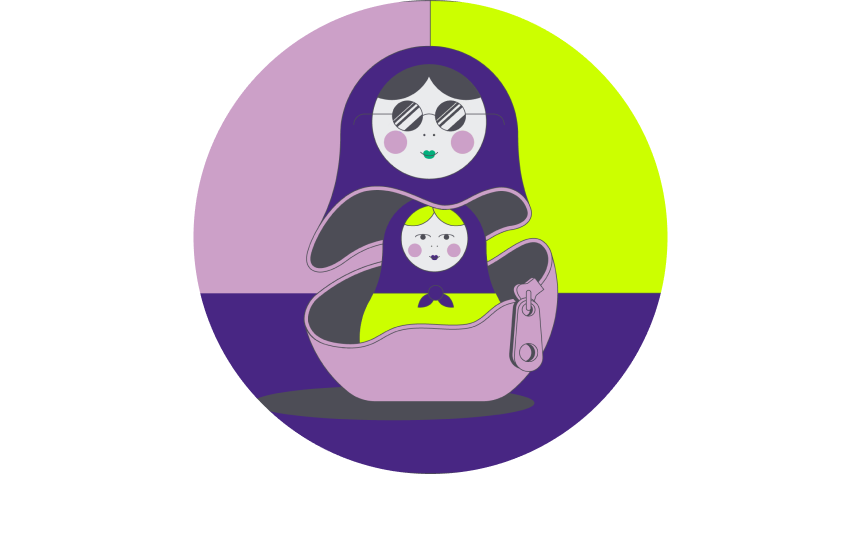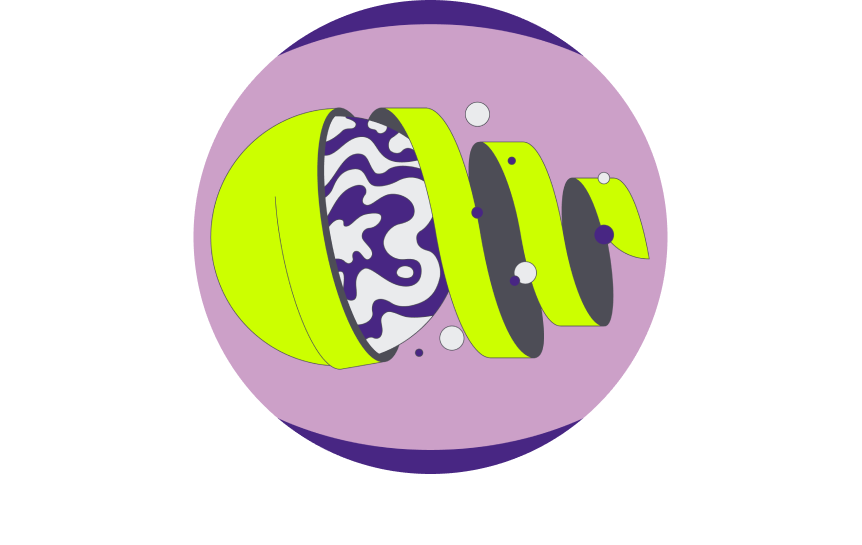Profit Potential in the Fashion Industry
Circular business models
Circular business models for way, which permit companies to make acquirement without making new clothes, represent a significant opportunity for new and better growth in the fashion industry. These business models, which include resale, rental, repairs and remaking, can provide considerable greenhouse gas savings, and could be worth USD 700 billion past 2030, making up 23% of the global fashion market. Withal, at that place are iv key actions businesses must take to reach this.
Now is the time to explore a new fashion of doing concern in mode
In recent decades, the amount of apparel the fashion industry produces has grown and grown, while at the same fourth dimension, profit margins have shrunk and the impact on the environment has increased. Betwixt 2000 and 2015, clothing production doubled, while over the same flow utilisation – the number of times an item of vesture is worn before information technology is thrown away – decreased by 36%.
This trend led to the global fashion industry producing effectually 2.i billion tonnes of greenhouse gas (GHG) emissions in 2018 – four% of the global full. On top of this, due to e'er lower prices and lost revenues – from overstock, stockouts, and returns – turn a profit margins of the world's leading apparel retailers decreased past an boilerplate of xl% from 2016 to 2019. This was exacerbated in 2020 by the impacts of the Covid-19 pandemic, which highlighted the fragility of manner's supply chains and saw the industry suffer a staggering xc% profit refuse compared to 2019.
Growth of clothing sales and decline in wear utilisation since 2000


Circular business organisation models decouple revenue from production and resources use
By decoupling revenues from raw textile production – through business organisation models such as resale, rental, repair and remaking – greenhouse gas emissions, pollution, and biodiversity impacts tin all exist reduced.
Resale, rental, repair and remaking are already worth more than USD 73 billion – and growing. Since 2019, and despite the global Covid-nineteen pandemic, seven resale and rental platforms – Depop, Hire the Runway, The Existent Real, Vinted, Poshmark, Vestiaire Collective, and ThredUP – have reached billion-dollar valuations. These business models have the potential to grow from 3.v% of the global fashion market place today to 23% by 2030, becoming a USD 700 billion opportunity, while providing significant ecology savings from increased use and reduced product.

Categories of circular business organization models
Circular concern models can be created by considering and combining the following three categories
More use per user
More use per user
Enabling a user to wear a product more and for longer. This could include designing products to exist physically and emotionally durable, providing services to back up long-term apply, and empowering users to use their products more and for longer.
Notice out more
More users per product
More users per product
Designing and providing platforms and/or services that facilitate the movement of products from user-to-user and so the products can be used more. Products tin pass from 1 user to another after whatever period of time and on a 'one-off' or periodical basis.
Find out more
Beyond physical products
Beyond concrete products
Designing and developing not-physical, digital products and/or services that replace, enhance and complement users' way needs and aspirations.
Find out more

Today, at that place are four main business organisation models that circulate products and materials in the economy
Rental

This includes one-off rentals peer to peer by private owners, as well equally big calibration rental and subscription models by multi-brand platforms or individual brands.
Resale

This includes peer-to-peer auction of second-hand items (online and offline), tertiary-party marketplaces (online and offline), and ain-brand re-commerce and accept-dorsum (online and offline)
Repair

This is the operation by which a faulty or broken production or component is returned back to a usable state.
Remaking

This is the operation by which a product is created from existing products or components. This operation can include disassembling, re-dyeing, and repurposing.
Circular business models can provide better production margins and competitiveness
Circular business organization models offer both revenue and price benefits. They provide multiple acquirement streams past enabling businesses to offering new services, such as restoration, customisation and tailoring. Revenue benefits include increased loyalty, access to customer and product utilize data and increased customer base. At the same time, costs can exist reduced due to savings from meliorate resources productivity and hazard reduction (east.g. improved inventory management).
Currently, booming models similar resale and rental do not always result in environmental benefits
To successfully develop circular business organization models, their revenue must be decoupled from production and resource use. Currently, while they have great potential, these business models do not always attain this decoupling and the environmental benefits that come with information technology.
There are many barriers to this decoupling. Firstly, the way the industry measures success is often based on sales volumes. So, for instance, a business measuring its success this way might incentivise product have-back for resale, remaking or recycling by offering vouchers for new products, which results in growth of the linear business organization. Secondly, products are not ever designed to withstand the level of employ circular business models require. For example, an occasion dress offered via a rental model that looks faded or out of shape afterward it is cleaned twice will not provide a viable option, economically or environmentally. Thirdly, electric current supply chains are optimised for anticipated, one-way production and distribution, whereas circular business organization models require local and global networks that facilitate services such as cleaning, repair and remaking. In add-on to these, businesses in the fashion industry miss out on further economical and environmental opportunities by not combining or exploring other, perhaps new, business models that could decouple revenue streams from production and resources use.
Four primal actions for businesses
To brand sure their business concern models are round, and to maximise the positive outcomes, businesses, supported by policymakers, tin can take four cardinal actions.

Additional resources
- Way
0 Response to "Profit Potential in the Fashion Industry"
Post a Comment